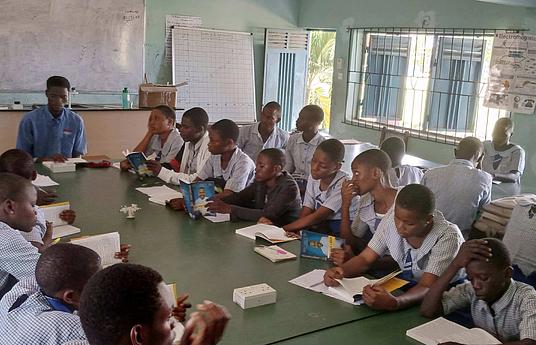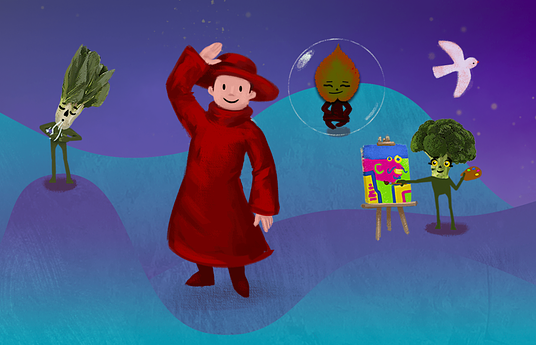THP tackles the challenges faced by children & young people globally around the rise in loneliness and youth mental health challenges, in line with SDG3: Good Health & Wellbeing. With 50% of mental health problems established before the age of 14, it's crucial for children to develop positive habits and have an understanding of their own emotional well-being.
THP is a joint partnership between Project Everyone & Wall’s Ice Cream (Unilever). THP was developed in consultation with clinical psychologist Dr Emma Hepburn, and is delivered through NGO partners that translate & adapt the materials for the local context, and train teachers who implement the project in their classroom within existing lesson time or in after-school clubs. Teachers are provided with a facilitator guide, presentation slides & student workbooks. All resources are free to access, and in low-resource classrooms, teachers are given a stipend to pay for resource printing. The learning is delivered over the course of 4-6 months.
Evidence from our pilots in Pakistan, Germany & Sweden show that THP has a positive impact on students’ emotional literacy & relationships with their peers, with parents noticing a shift in their children’s academic outcomes, and teachers reporting higher levels of motivation to learn.
Since its launch on International Day of Happiness in 2022, The Happiness Project has reached +250,000 children in six countries.
Our approach is to identify delivery partners and work with them on a smaller scale pilot in Year 1. We then scale the project in Years 2 & 3. An example of this is our work in Pakistan with the CARE Foundation. In the pilot year we reached 5k children and have scaled to 50k children in Year 2. This was based on findings from the impact report leading to a shift from a grade-specific intervention, to a whole-school approach.
Our goals for 2024-25 are to build the capacity of our current delivery partners to scale further and launch pilots in Mexico and Ecuador.
From 2025, we want to explore how THP can be delivered as a digital intervention for parents.
Get in touch with the team at thehappinessproject@project-everyone.org, or explore and download the resources from our website and adapt them directly for your school / classroom. All resources are free to download and available as editable files, and we are more than happy to support you during your adaptation and implementation.



